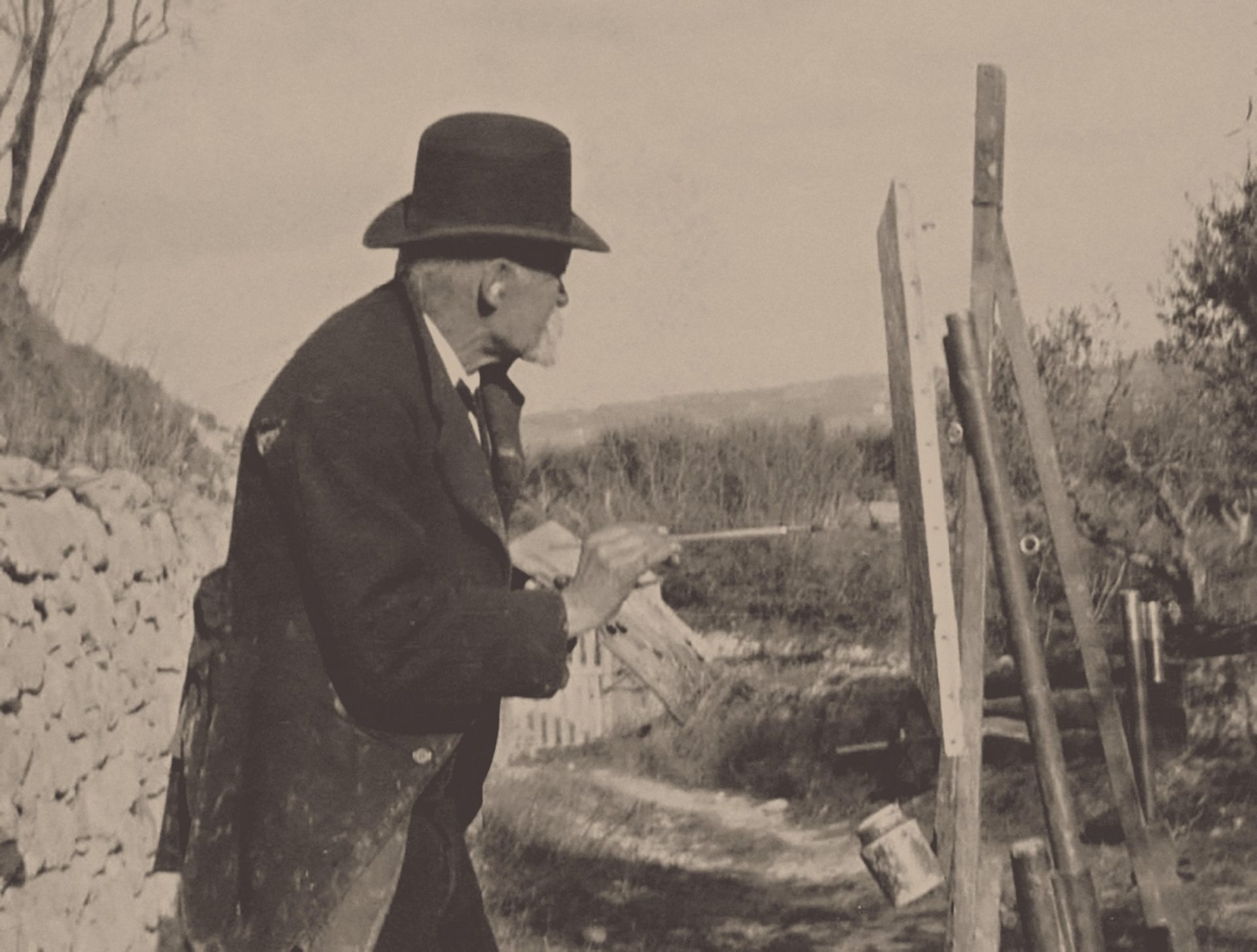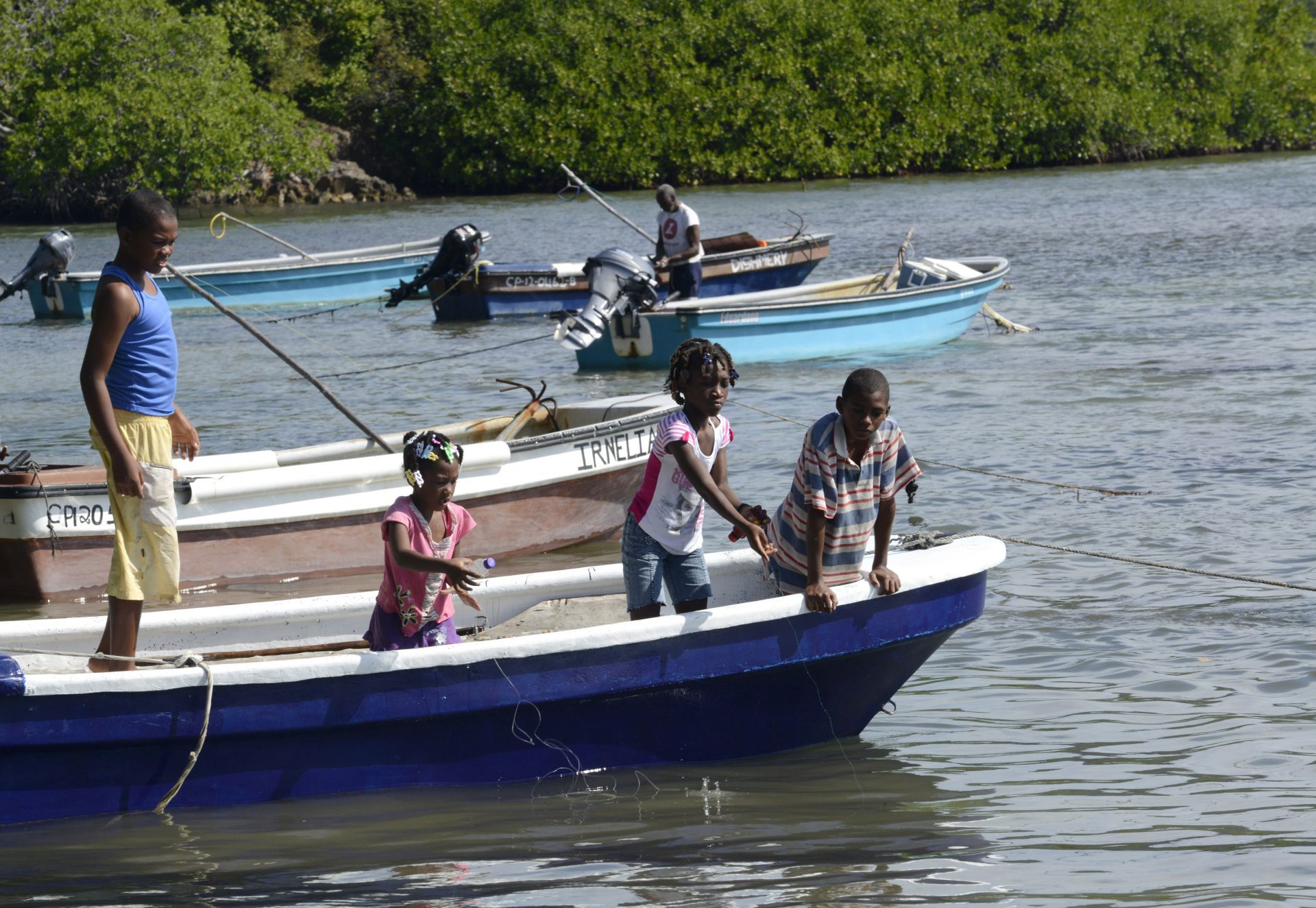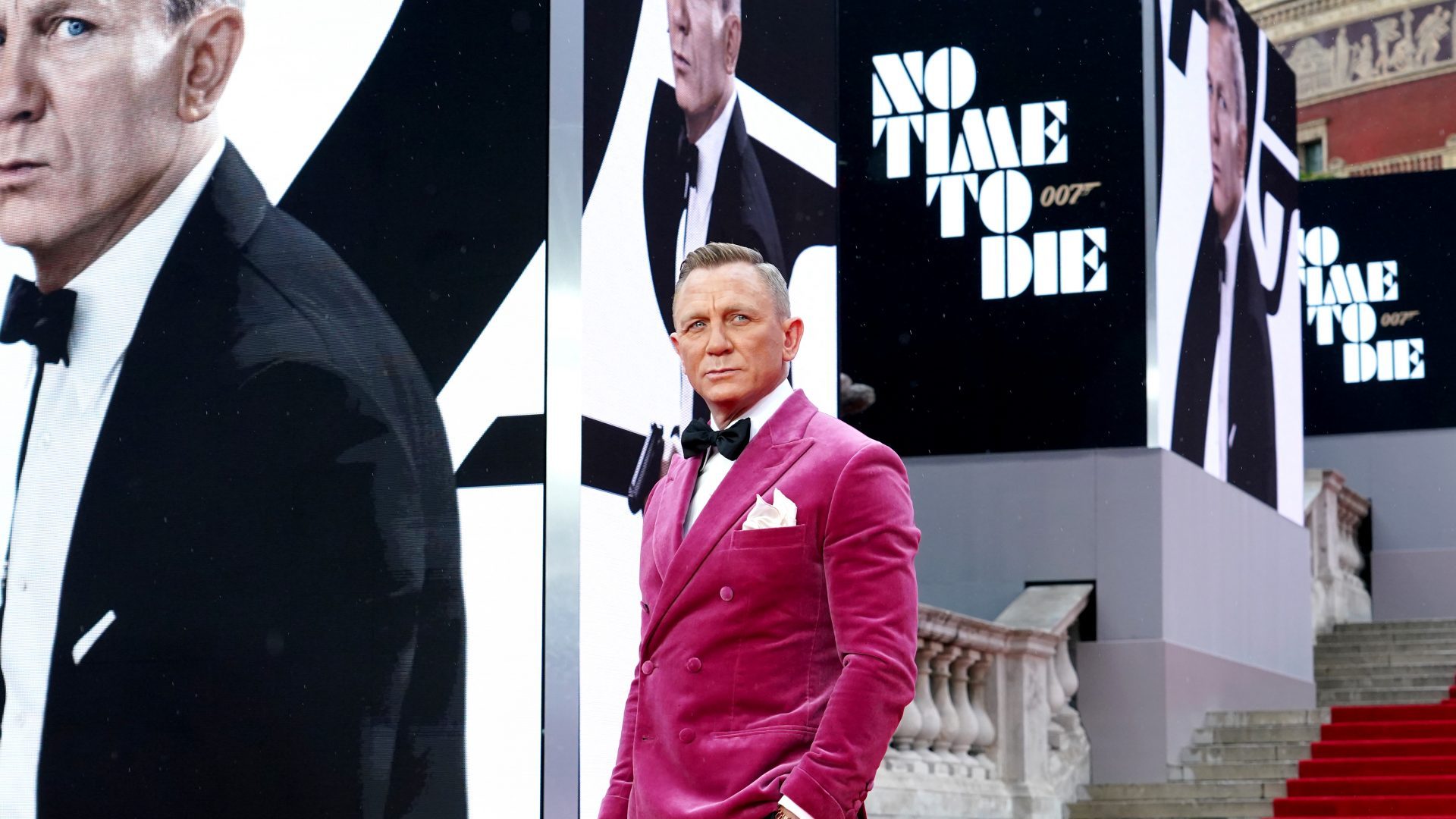For an artist who influenced so much of what followed, Paul Cézanne spent his life riddled with self-doubt. Regarded today as the bridge between the Impressionism of the late 19th century and much of the art of the 20th, Cézanne was hailed by Picasso as “the father of us all” and by Matisse as “a sort of God of painting”.
He was arguably the greatest of the Post-Impressionists, challenging and upending the rules and values prevalent during his lifetime in favour of personal expression while preserving the integrity of the work itself. He found his style, developed it and stuck rigidly to his principles.
Yet for most of his life, Cézanne laboured hard for little reward. While he sold paintings to friends or occasionally traded them for groceries, he was 35 years old before he sold a canvas to a person he did not already know. At the age of 48, he wrote to a friend, “I find I am lacking in canvases that might be submitted for the delectation of art lovers. Wanting to offer for critical appraisal only those studies that might pass muster, I cannot take part in any exhibition”.
On the first of several occasions when a frustrated Cézanne abandoned Paris and returned to his native Provence his old friend the writer Émile Zola wrote to a mutual acquaintance, “Paul may have the genius of a great painter but he’ll never have the genius to become one. The slightest obstacle sends him into despair.”
The roots of this chronic self-doubt lay in his relationship with his father. Louis-Auguste Cézanne was a successful entrepreneur, a proud selfmade man who co-founded the Banque Cézanne et Cabassol.
He rejoiced in the unconventional. He waited until Paul was five years old before marrying his mother and rejected almost all the societal norms of a man of his status, from refusing to take part in the Sunday promenades around Aix by the town’s great and good to eschewing the rigidly conservative newspaper Le Mémorial d’Aix read by the local business community in favour of the liberal daily L’Évenement, the newspaper he was painted reading in Cézanne’s 1866 portrait, Le Père du peintre, lisant L’Événement.
While Cézanne’s mother Anne – who would spend long periods living apart from her husband – was supportive of her son’s artistic ambitions, pointing out regularly that Rubens and Rembrandt had also been called Paul and being confident that all would be well as “the little one has something”, Louis-Auguste couldn’t understand his son wanting to pursue a career as an artist rather than work in banking.
“Our father was not a tyrant,” recalled Cézanne’s sister Marie in later life, “he was just unable to understand anybody except those who worked in order to get rich.”
Indeed, Louis-Auguste would respond to those who referred to his son as a genius by barking, “One dies with genius, one eats with money”.
When it became clear to LouisAuguste that Paul was determined to become an artist he grudgingly budgeted a minimal monthly allowance that ran for 25 years until his death.
Much of Cézanne’s determination to pursue art as a vocation stemmed from Zola, who was always convinced he and his old schoolfriend were destined for greatness even if his Cézanne wasn’t.
“The other day I dreamed that I had written a beautiful book with your sublime illustrations,” Zola wrote to Cézanne in 1858, persuading him to come to Paris. “Our two names in gilt letters united on the first leaf, and in this fraternity of genius we entered the chronicles of posterity.”
When Zola finally convinced Cézanne to relocate to the capital in 1861 things didn’t go well. After five months at the Académie Suisse, Cézanne realised his fellow students, drawn from more conventional artistic backgrounds, were more technically advanced than he was and returned to Aix and a job at the bank.
Between 1858 and 1872 this was a regular routine: arriving in Paris determined to succeed this time, being turned down by the Salon de la Académie or suffering some other setback, and returning to Provence, depressed and defeated, to face Louis-Auguste.
By 1872 he was a father himself and had struck up a friendship with Camille Pissarro, moving to Pontoise in the Oise valley to be near him and study the techniques of the Impressionists. With their paints and canvses, the pair would roam the hills, where Cézanne developed a preference for painting out of doors that lasted to the end of his life.
“In pictures of outdoor scenes, the contrast of figures to scenery is astonishing and the landscape magnificent,” he said. “I see superb things, and I must resolve to paint only out of doors. I truly believe the open-air pictures of the old masters were done by tricks, for to me none of them has the true and original light nature alone can give.”
He exhibited at two Impressionist shows in Paris during the mid-1870s but his unique style attracted criticism. He actively distanced himself from Impressionism and began to withdraw from the world of exhibitions and salons altogether.
In his self-imposed isolation, echoing his father’s idiosyncratic determination to remain separate from the business community, Cézanne refined his techniques and produced in his later years some of his finest work.
His was a simple philosophy, that “everything in nature is modelled after the sphere, the cone, and the cylinder and one must learn to paint from these simple figures”, but what he did with light, colour and texture was revolutionary.
When his father died in 1886, Cézanne concentrated increasingly on painting the Monte Saint-Victoire, a mountain overlooking Aix-enProvence. Cézanne produced around 30 paintings and watercolours of the mountain, making each of them different, as if trying to understand its character, even bring it under control. Its looming presence, sometimes warm, sometimes brooding, sometimes malevolent, seemed to replace that of his father.
Finally free of financial worries thanks to his substantial inheritance, Cézanne was answerable to nobody, financially secure and free to paint whatever he wished. Unshackled from the need to win his father’s approval, Cézanne also let go of his subconscious desire for establishment acceptance.
He had won admirers among his peers, from Monet to Gaugin, Renoir to Rodin, and although he never won significant public acclaim during his lifetime, his determination to pursue his own artistic path paid off posthumously, his work becoming arguably the biggest influence on 20th century art.
Cézanne himself didn’t live to see it, contracting pneumonia after being caught in a storm while working. He lingered for a few days before, at the age of 67, he died, 20 years to the day after the death of his father.




